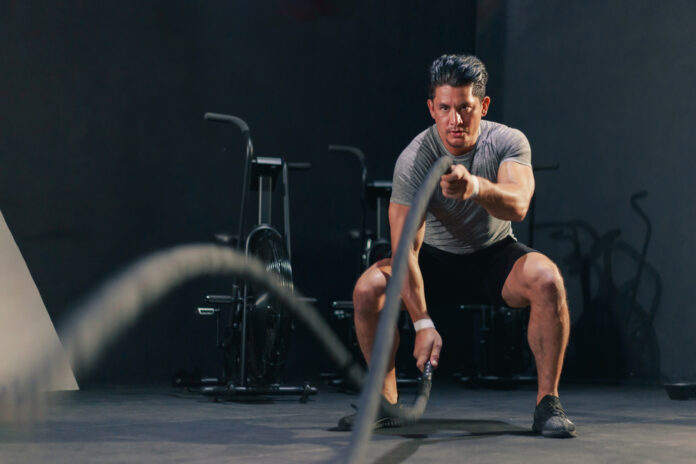As we age, maintaining balance becomes increasingly important to prevent falls and ensure independence. Falls are a leading cause of injury among older adults, and incorporating specific exercises into your routine can significantly reduce this risk.
The Importance of Balance Exercises
Research indicates that muscle and cognitive function deterioration contribute to increased incidences of falls in the elderly. Engaging in physical activities that target balance, strength, and aerobic capacity can mitigate these risks. A systematic review conducted by researchers from the University of Palermo found that regular balance exercises lead to significant improvements in stability among participants aged 65 and above. These exercises not only enhance balance but also reduce future medical costs due to falls and associated injuries. (Source)
Effective Exercises to Improve Balance
Incorporating the following exercises into your routine can help strengthen muscles, improve flexibility, and enhance balance:
1. Calf and Ankle Strengthening
Stand behind a sturdy chair, holding onto it for support. Slowly rise up onto your tiptoes, then lower back down. This exercise strengthens the calf and ankle muscles, which are crucial for maintaining balance. (Source)
2. Leg Lifts for Buttocks and Lower Back
While holding the back of a chair, lift one leg straight back without bending the knee, keeping your back straight. Hold for a few seconds, then lower the leg. This movement strengthens the buttocks and lower back muscles. (Source)
3. Thigh Strengthening with Leg Extensions
Sit upright in a chair. Slowly extend one leg out straight, hold for a moment, then lower it back down. Repeat with the other leg. This exercise targets the thigh muscles, which support overall mobility and balance. (Source)
4. Flexibility Stretch
Place one foot on a low stool. Gently lean forward to stretch the back of your thigh, keeping your back straight. Hold the stretch for 15-20 seconds. Flexibility exercises like this improve movement and reduce stiffness. (Source)
5. Tai Chi and Swimming
Activities such as Tai Chi and swimming are excellent for promoting balance and building strength. Tai Chi, in particular, focuses on slow, deliberate movements and can improve proprioception—the awareness of body position. (Source)
Consistency is Key
For optimal results, it’s essential to maintain a consistent exercise routine:
- Aim for at least 150 minutes of aerobic activity weekly, such as walking or swimming.
- Include muscle-strengthening exercises two or more days a week.
- Practice balance exercises daily to continually improve stability. (Source)
A review highlighted that combined exercise programs incorporating both aerobic and resistance components are more effective in enhancing balance than singular forms of exercise. (Source)
Safety Tips
- Always breathe normally during exercises; avoid holding your breath.
- If you experience pain, dizziness, or shortness of breath, stop exercising immediately.
- Consult a healthcare provider before starting a new exercise program, especially if you have existing health concerns. (Source)
Additional Resources
For personalized guidance, consider reaching out to a physical therapist. Physical therapists can provide tailored exercise programs to address specific balance issues and reduce fall risk. (Source)
Conclusion
Improving balance and preventing falls is achievable with regular, targeted exercise. By strengthening key muscle groups and enhancing flexibility, you can maintain independence and reduce the risk of injury. Remember, consistency and proper technique are vital—so take the first step towards better balance today.


